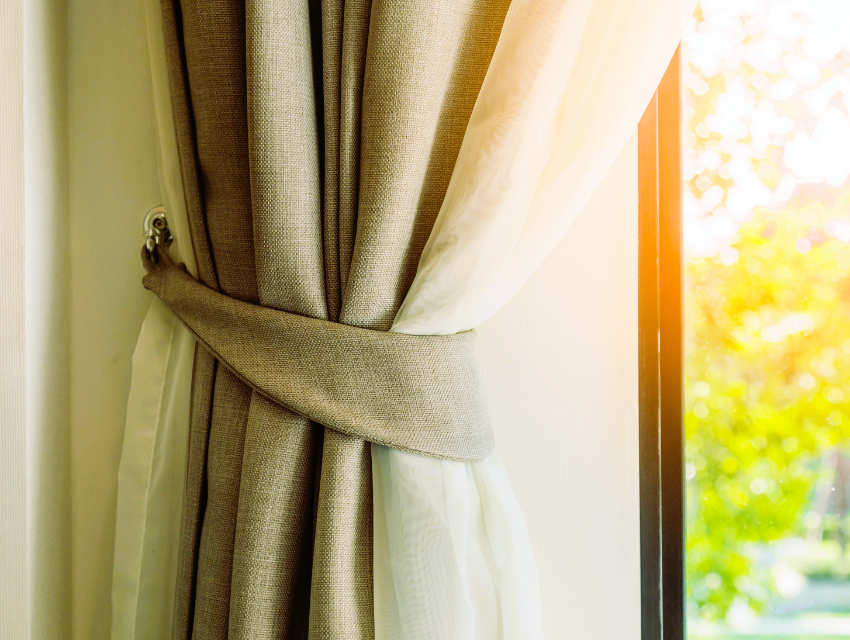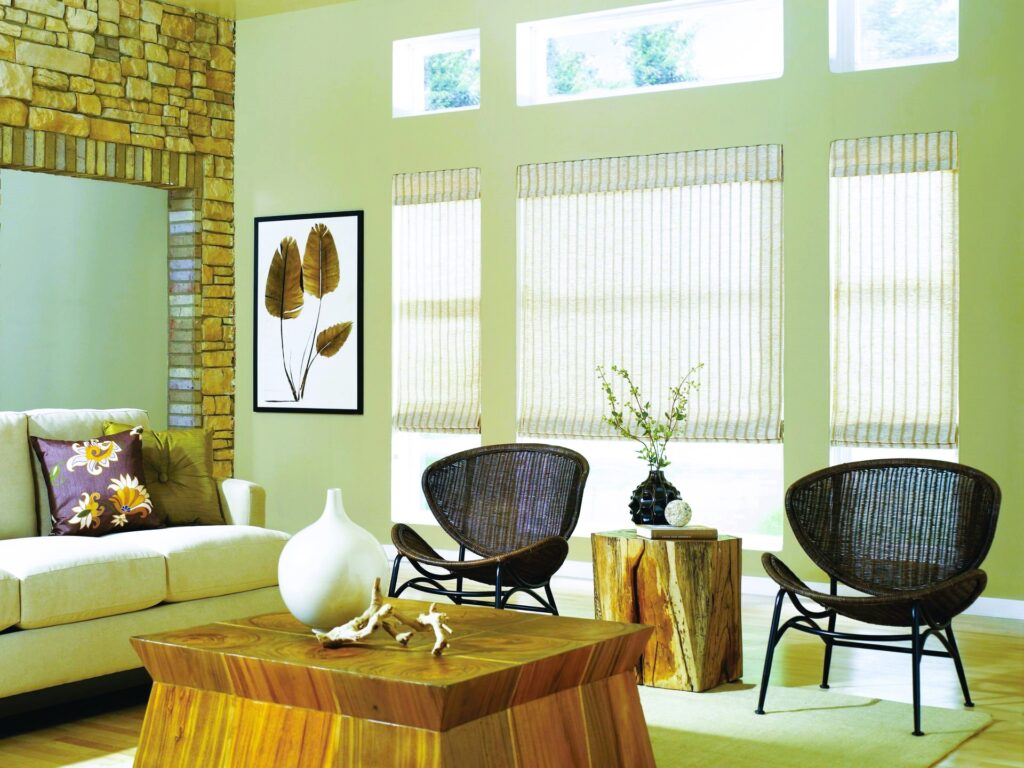
Maximizing Natural Light: Sheer Curtains vs. Light-Filtering Shades
When it comes to maximizing natural light in your home, choosing the right window coverings can make a significant difference. Sheer curtains and light-filtering shades are two popular options that allow ample sunlight to enter your space while providing varying degrees of privacy and light control. Understanding the pros and cons of each can help you make an informed decision that aligns with your preferences and needs.
Sheer Curtains:
Sheer curtains are made from lightweight and translucent fabrics, such as voile or chiffon. They are designed to filter light gently while maintaining privacy during the day. Here are some advantages and considerations associated with using sheer curtains:
Advantages:
- Soft Diffused Light: Sheer curtains excel at creating a soft and diffused lighting effect in your home. The translucent nature of the fabric allows sunlight to filter through, creating an inviting and warm atmosphere. The filtered light can help to reduce glare and create a more comfortable and visually appealing environment.
- Privacy Preservation: Sheer curtains offer privacy during the daytime while still allowing you to enjoy natural light. The translucent fabric obscures the view from outside while allowing you to see out. This feature is particularly beneficial for homes in densely populated areas or those with windows facing the street.
- Versatility and Style: Sheer curtains come in a wide range of colors, patterns, and textures, allowing you to choose a design that complements your interior decor. They can add a touch of elegance and softness to any room, creating a visually pleasing aesthetic.

Considerations:
- Limited Light Control: While sheer curtains filter light, they do not provide complete light control. If you require significant light reduction or want to block out light entirely, sheer curtains may not be the most suitable option. In such cases, combining sheer curtains with other window coverings like blinds or blackout curtains can provide a more comprehensive solution.
- Reduced Privacy at Night: Since sheer curtains are translucent, they offer limited privacy when it gets dark outside. You may need to pair them with additional window coverings for increased privacy during nighttime hours. Pros and cons of motorized blinds and curtains, read more here.
Light-Filtering Shades:
Light-filtering shades are designed to let in natural light while providing a higher level of light control and privacy compared to sheer curtains. These shades are typically made from semi-opaque or woven fabrics that offer varying levels of transparency. Let’s explore the benefits and considerations of light-filtering shades:
Advantages:
- Enhanced Light Control: Light-filtering shades provide more control over the amount of sunlight entering your space. The semi-opaque or woven fabrics help to diffuse and soften the light while reducing glare. This allows you to adjust the shades to create the desired level of brightness and ambiance in your room.
- Daytime Privacy: Light-filtering shades offer better privacy during the day compared to sheer curtains. While they allow natural light to enter, they obstruct the view from outside, providing a higher level of privacy. This can be particularly advantageous for rooms where privacy is essential, such as bedrooms or bathrooms.
- UV Protection: Light-filtering shades also offer protection against harmful UV rays. The fabrics used in these shades help to block a significant portion of the sun’s ultraviolet radiation, which can cause fading of furniture, flooring, and artwork over time. By installing light-filtering shades, you can enjoy natural light while safeguarding your interiors.
Considerations:

- Reduced View: Light-filtering shades, although providing privacy, may obstruct your view to some extent. The level of transparency can vary depending on the specific fabric and design chosen. If an unobstructed view is a priority for you, alternative options like sheer curtains or shades with adjustable slats may be more suitable.
- Limited Nighttime Privacy: Similar to sheer curtains, light-filtering shades may not offer sufficient privacy once it’s dark outside. Depending on the opacity of the fabric, silhouettes and shadows may be visible from the outside. Complementing light-filtering shades with additional window coverings like curtains or blinds can enhance privacy during nighttime hours.
For more information on standards and regulations related to window coverings, including sheer curtains and light-filtering shades, you can visit the following sources:
- Wikipedia: Window Treatment – Link
These sources provide comprehensive information on various types of window coverings, including standards, safety guidelines, and industry best practices.
In conclusion, both sheer curtains and light-filtering shades offer unique benefits for maximizing natural light in your home. Sheer curtains excel in creating a soft and diffused lighting effect while maintaining privacy during the day. On the other hand, light-filtering shades provide enhanced light control and increased privacy. By considering your preferences for light control, privacy, and style, you can choose the window coverings that best suit your needs and create a bright and inviting living space.
